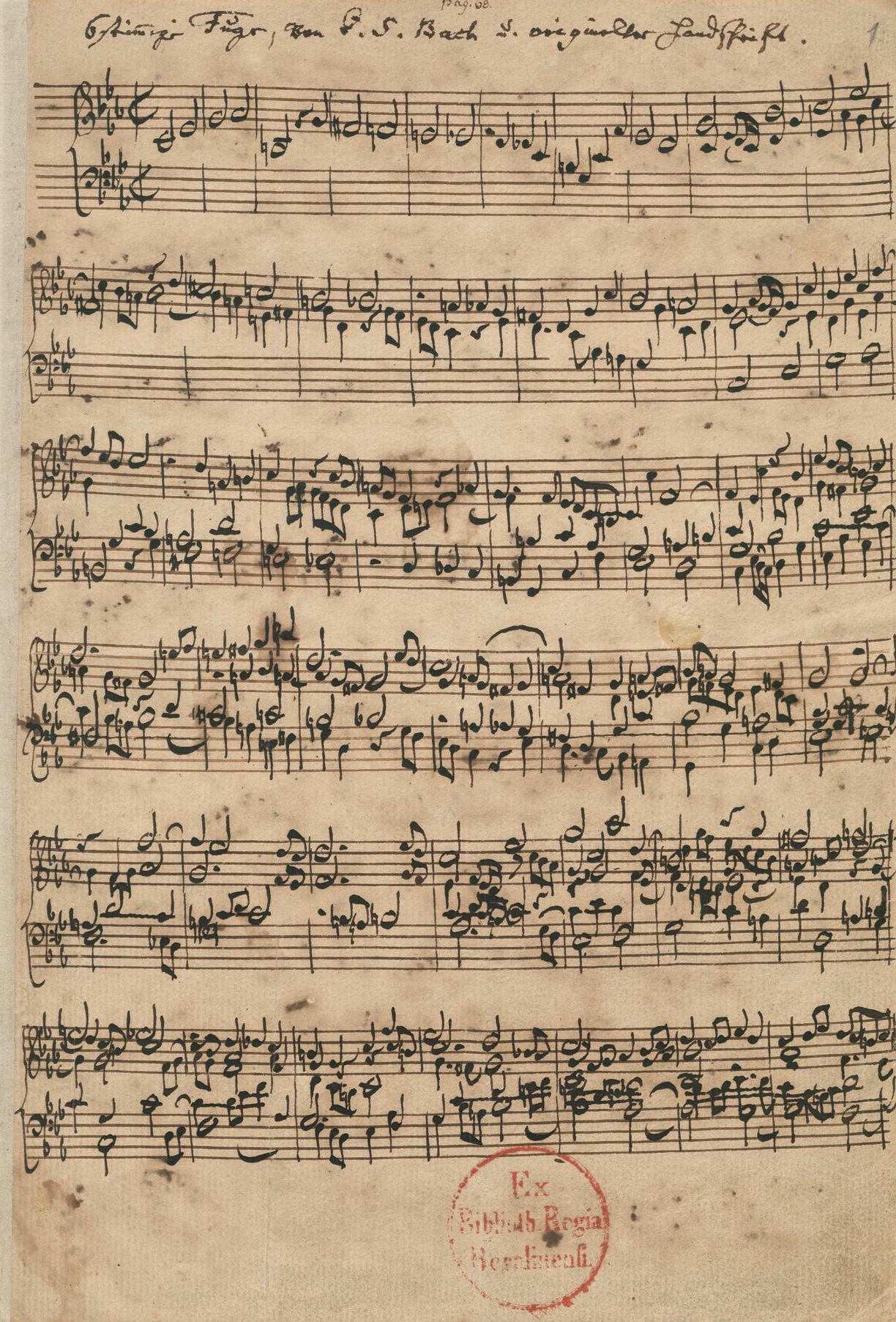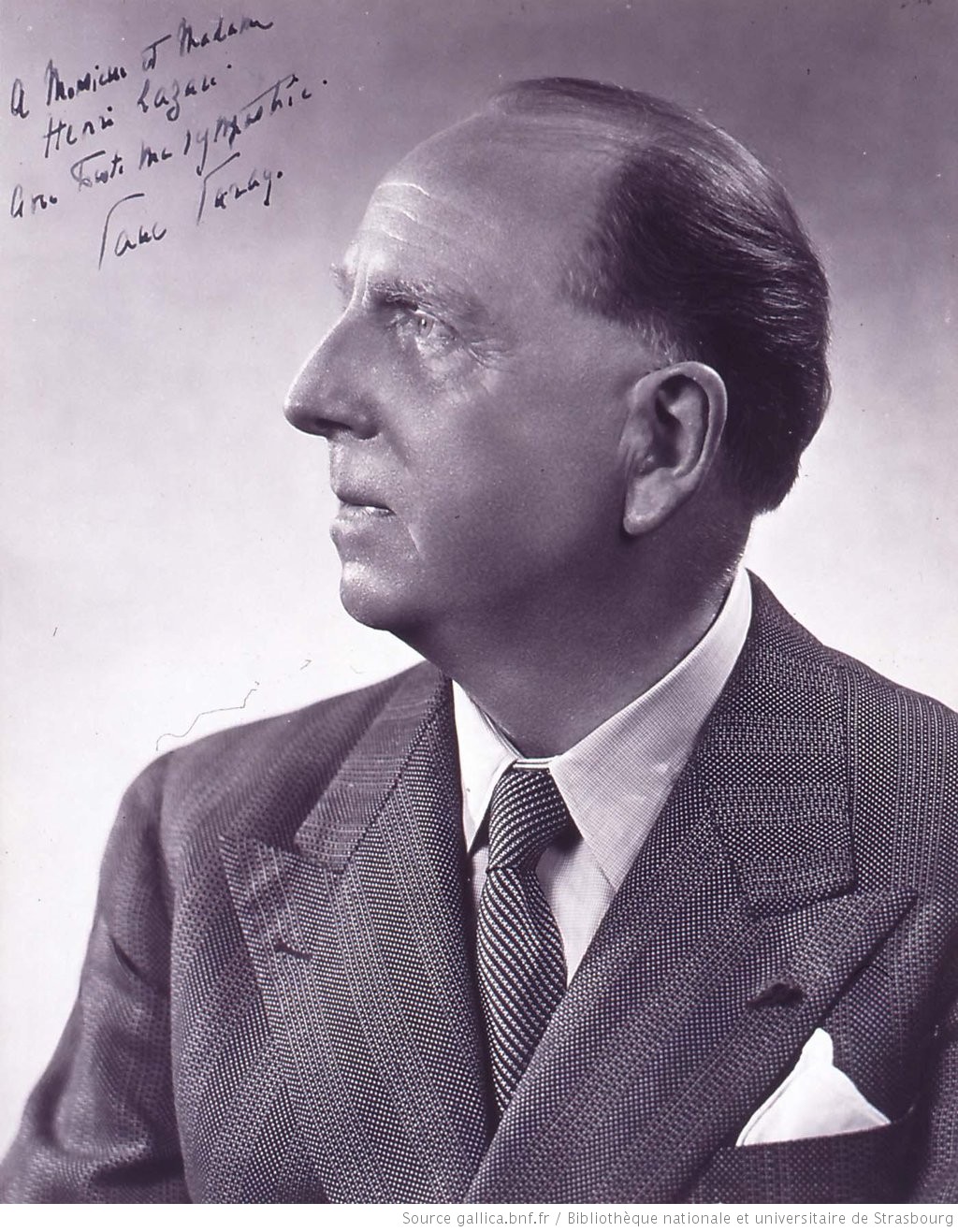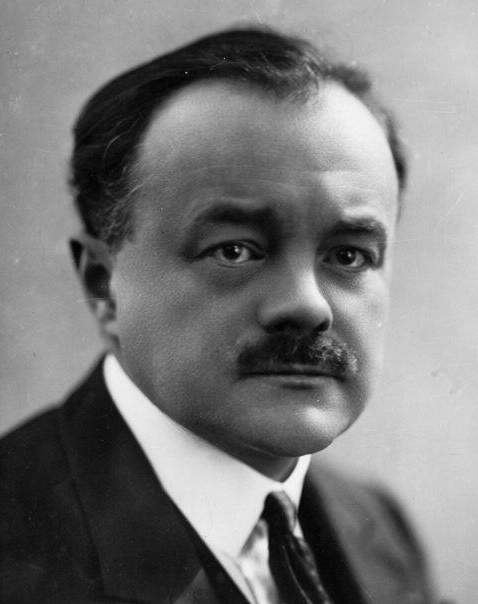|
André Amellér
André Amellér (2 January 1912 – 14 May 1990) was a French composer and conductor. He is considered part of the French school of 20th-century classical music. Amellér played double bass for the Opéra national de Paris from 1937 to 1953, except for a brief period spent as a prisoner of war in Germany. He was the director of the conservatoire national in Dijon from 1953 to 1981. Education Amellér was born in Arnaville, Meurthe et Moselle to a family of amateur musicians. He began studying violin at a young age in the family's home in Chelles. He later began playing double bass. In January 1930, he joined the 24th Infantry Regiment of the French Army, playing in the regiment band. While still a soldier, Amellér began his studies at the Conservatoire National Supérieur de Paris in 1931 under Édouard Nanny. He played for Concerts Poulet in 1932, then joined the Pasdeloup orchestra. He appeared as a soldier in the film '' Wooden Crosses'', and used the money from th ... [...More Info...] [...Related Items...] OR: [Wikipedia] [Google] [Baidu] |
André Amellér Vers 1980
André — sometimes transliterated as Andre — is the French and Portuguese form of the name Andrew and is now also used in the English-speaking world. It used in France, Quebec, Canada and other French-speaking countries, as well in Portugal, Brazil and other Portuguese-speaking countries. It is a variation of the Greek name ''Andreas'', a short form of any of various compound names derived from ''andr-'' 'man, warrior'. The name is popular in Norway and Sweden. Cognate names Cognate names are: * Bulgarian: Andrei, |
Fugue
In classical music, a fugue (, from Latin ''fuga'', meaning "flight" or "escape""Fugue, ''n''." ''The Concise Oxford English Dictionary'', eleventh edition, revised, ed. Catherine Soanes and Angus Stevenson (Oxford and New York: Oxford University Press, 2006). ) is a Counterpoint, contrapuntal, Polyphony, polyphonic Musical composition, compositional technique in two or more voice (music), voices, built on a Subject (music), subject (a musical theme) that is introduced at the beginning in imitation (music), imitation (repetition at different pitches), which recurs frequently throughout the course of the composition. It is not to be confused with a ''fuguing tune'', which is a style of song popularized by and mostly limited to Music history of the United States, early American (i.e. shape note or "Sacred Harp") music and West gallery music, West Gallery music. A fugue usually has three main sections: an exposition (music), exposition, a development (music), development, and a final ... [...More Info...] [...Related Items...] OR: [Wikipedia] [Google] [Baidu] |
Symphonic Poem
A symphonic poem or tone poem is a piece of orchestral music, usually in a single continuous movement, which illustrates or evokes the content of a poem, short story, novel, painting, landscape, or other (non-musical) source. The German term (tone poem) appears to have been first used by the composer Carl Loewe in 1828. The Hungarian composer Franz Liszt first applied the term to his 13 works in this vein, which commenced in 1848. Background While many symphonic poems may compare in size and scale to symphonic movements (or even reach the length of an entire symphony), they are unlike traditional classical symphonic movements, in that their music is intended to inspire listeners to imagine or consider scenes, images, specific ideas or moods, and not (necessarily) to focus on following traditional patterns of musical form such as sonata form. This intention to inspire listeners was a direct consequence of Romanticism, which encouraged literary, pictorial and dramati ... [...More Info...] [...Related Items...] OR: [Wikipedia] [Google] [Baidu] |
Opera
Opera is a form of History of theatre#European theatre, Western theatre in which music is a fundamental component and dramatic roles are taken by Singing, singers. Such a "work" (the literal translation of the Italian word "opera") is typically a collaboration between a composer and a libretto, librettist and incorporates a number of the performing arts, such as acting, Theatrical scenery, scenery, costume, and sometimes dance or ballet. The performance is typically given in an opera house, accompanied by an orchestra or smaller musical ensemble, which since the early 19th century has been led by a conducting, conductor. Although musical theatre is closely related to opera, the two are considered to be distinct from one another. Opera is a key part of Western culture#Music, Western classical music, and Italian tradition in particular. Originally understood as an sung-through, entirely sung piece, in contrast to a play with songs, opera has come to include :Opera genres, numerous ... [...More Info...] [...Related Items...] OR: [Wikipedia] [Google] [Baidu] |
Orchestra
An orchestra (; ) is a large instrumental ensemble typical of classical music, which combines instruments from different families. There are typically four main sections of instruments: * String instruments, such as the violin, viola, cello, and double bass * Woodwinds, such as the flute, oboe, clarinet, bassoon, and occasional saxophone * Brass instruments, such as the French horn (commonly known as the "horn"), trumpet, trombone, cornet, and tuba, and sometimes euphonium * Percussion instruments, such as the timpani, snare drum, bass drum, cymbals, triangle, tambourine, tam-tam and mallet percussion instruments Other instruments such as the piano, harpsichord, pipe organ, and celesta may sometimes appear in a fifth keyboard section or may stand alone as soloist instruments, as may the concert harp and, for performances of some modern compositions, electronic instruments, and guitars. A full-size Western orchestra may sometimes be called a or phil ... [...More Info...] [...Related Items...] OR: [Wikipedia] [Google] [Baidu] |
International Society For Music Education
The International Society for Music Education (ISME) is a professional organization of persons involved with music education. It was founded in Brussels in 1953 during the UNESCO-sponsored conference on "The Role and Place of Music in the Education of Youth and Adults". ISME's mission is to build a worldwide network of music educators, to advocate music education globally and across the lifespan, and to foster intercultural understanding and cooperation. Activities The society holds conferences every two years in a different part of the world and include workshops, paper presentations, keynote addresses, symposia, and performances. In addition, ISME supports regional conferences in Africa, Asia Pacific, Europe, and the Americas, and has a range of specialist interest groups to nurture particular areas of music education. These specialist groups include seven long-established commissions that are focused on: research; community music activity; early childhood music education; ed ... [...More Info...] [...Related Items...] OR: [Wikipedia] [Google] [Baidu] |
UNESCO
The United Nations Educational, Scientific and Cultural Organization (UNESCO ) is a List of specialized agencies of the United Nations, specialized agency of the United Nations (UN) with the aim of promoting world peace and International security, security through international cooperation in education, arts, sciences and culture. It has 194 Member states of UNESCO, member states and 12 associate members, as well as partners in the Non-governmental organization, non-governmental, Intergovernmental organization, intergovernmental and private sector. Headquartered in Paris, France, UNESCO has 53 regional field offices and 199 National Commissions for UNESCO, national commissions. UNESCO was founded in 1945 as the successor to the League of Nations' International Committee on Intellectual Cooperation.English summary). UNESCO's founding mission, which was shaped by the events of World War II, is to advance peace, sustainable development and human rights by facilitating collaboratio ... [...More Info...] [...Related Items...] OR: [Wikipedia] [Google] [Baidu] |
Paul Paray
Paul Marie-Adolphe Charles Paray (French: [pɔl paʁɛ]; 24 May 1886 – 10 October 1979) was a French conductor, organist and composer. After winning France's top musical award, the Prix de Rome, he fought in the First World War and was a prisoner of war for nearly four years. He held a succession of chief conductorships, including those of the Lamoureux Orchestra, Lamoureux and Colonne Orchestra, Colonne Orchestras in Paris and the Monte-Carlo Philharmonic Orchestra in Monaco. For ten years from 1952 he was chief conductor of the Detroit Symphony Orchestra, with which he made a celebrated series of recordings for Mercury Records#Mercury Living Presence series, Mercury Records' "Living Presence" series, many of which have been digitally released in the 21st century. Life and career Early years Paul Paray was born in Le Tréport, Normandy, on 10 October 1886,Goodwin, Noë"Paray, Paul" ''Grove Music Online'', Oxford University Press, 2011 , the second son and youngest of three chil ... [...More Info...] [...Related Items...] OR: [Wikipedia] [Google] [Baidu] |
Albert Wolff (conductor)
Albert Louis Wolff (19 January 1884 – 20 February 1970) was a French conductor and composer of Dutch descent. Most of his career was spent in European venues, with the exception of two years that he spent as a conductor at the Metropolitan Opera and a few years in Buenos Aires during the Second World War. He is most known for holding the position of principal conductor with the Opéra-Comique in Paris for several years. He was married to the French mezzo-soprano Simone Ballard. Biography Early life and education Wolff was born in Paris, of Dutch parents, though he was a French citizen from birth, never lived in the Netherlands, and never had a Dutch passport. When only 12 years old, he began his musical education at the Paris Conservatoire. There, he studied with such teachers as André Gedalge, Xavier Leroux, and Paul Antonin Vidal. At the same time he played the piano in cabarets and was organist at the Église Saint-Thomas-d'Aquin (Paris) for four years. Upon graduat ... [...More Info...] [...Related Items...] OR: [Wikipedia] [Google] [Baidu] |
Wilhelm Furtwängler
Gustav Heinrich Ernst Martin Wilhelm Furtwängler ( , ; ; 25 January 188630 November 1954) was a German conductor and composer. He is regarded as one of the greatest Symphony, symphonic and operatic conductors of the 20th century. He was a major influence for many later conductors, and his name is often mentioned when discussing their interpretative styles. Furtwängler was principal conductor of the Berlin Philharmonic between 1922 and 1945, and from 1952 until 1954. He was also principal conductor of the Gewandhaus Orchestra (1922–26), and was a guest conductor of other major orchestras including the Vienna Philharmonic. Although not an adherent of Nazism, he was the foremost conductor to remain in Germany during the Nazi Germany, Nazi era. Despite his open opposition to antisemitism and the ubiquity of Nazi symbolism, the regime did not seek to suppress him, at Joseph Goebbels' insistence, for propaganda reasons. This situation caused lasting controversy, and the extent to ... [...More Info...] [...Related Items...] OR: [Wikipedia] [Google] [Baidu] |
Arturo Toscanini
Arturo Toscanini (; ; March 25, 1867January 16, 1957) was an Italian conductor. He was one of the most acclaimed and influential musicians of the late 19th and early 20th century, renowned for his intensity, his perfectionism, his ear for orchestral detail and sonority, and his eidetic memory. He was at various times the music director of La Scala in Milan and the New York Philharmonic. Later in his career, he was appointed the first music director of the NBC Symphony Orchestra (1937–1954), and this led to his becoming a household name, especially in the United States, through his radio and television broadcasts and many recordings of the operatic and symphonic repertoire. Biography Early years Toscanini was born in Parma, Emilia-Romagna, His father was a tailor. He won a scholarship to the Parma Conservatory, where he studied the cello. Living conditions at the conservatory were harsh and strict. For example, the menu at the conservatory consisted almost entirely of fish; in ... [...More Info...] [...Related Items...] OR: [Wikipedia] [Google] [Baidu] |
Bruno Walter
Bruno Walter (born Bruno Schlesinger, September 15, 1876February 17, 1962) was a Germany, German-born Conducting, conductor, pianist, and composer. Born in Berlin, he escaped Nazi Germany in 1933, was naturalised as a French people, French citizen in 1938, and settled in the United States in 1939. He worked closely with Gustav Mahler, whose music he helped to establish in the repertory, held major positions with the Leipzig Gewandhaus Orchestra, New York Philharmonic, Royal Concertgebouw Orchestra, Concertgebouw Orchestra, Salzburg Festival, Vienna State Opera, Bavarian State Opera, Staatsoper Unter den Linden and Deutsche Oper Berlin, among others, made recordings of historical and artistic significance, and is widely considered to be one of the great conductors of the 20th century. Biography Early life Born near Alexanderplatz in Berlin to a middle-class Jewish family, he began his musical education at the Stern Conservatory at the age of eight, making his first public ... [...More Info...] [...Related Items...] OR: [Wikipedia] [Google] [Baidu] |





